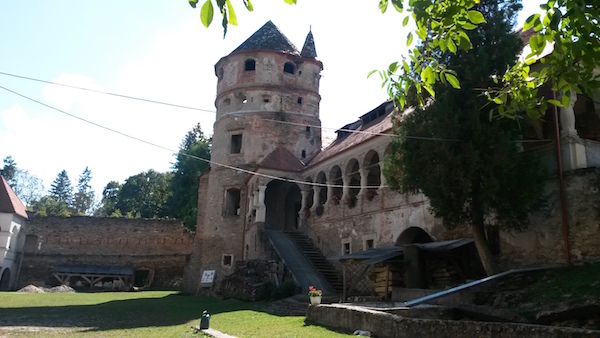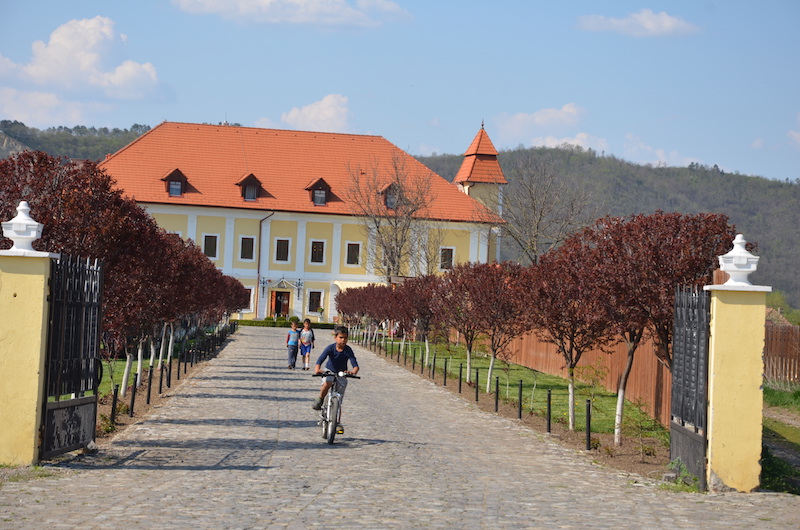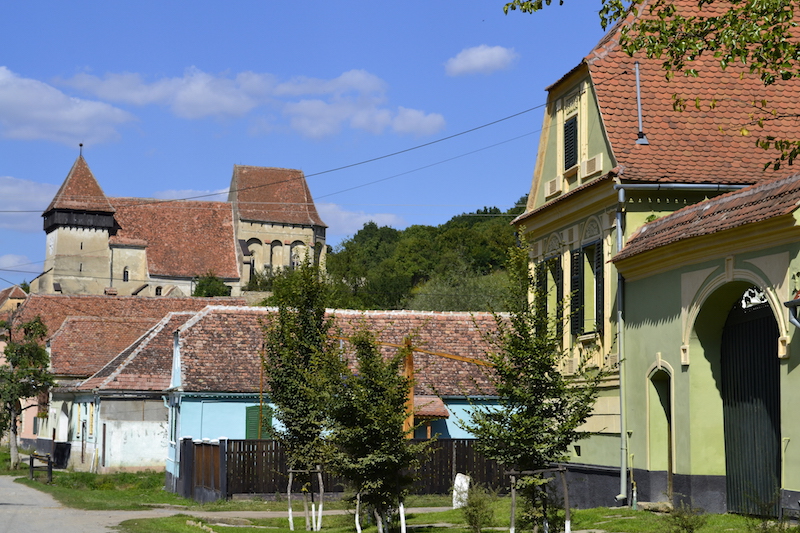
Touring Romania and Eastern Europe
Touring Romania and Eastern Europe Tourist are welcomed in Romania the real middle earth. Come and visit this remarkable young Eastern European country which has preserved its heritage and customs to this day.
This is the first of many articles about Eastern Europe and its remarkable and rich history steeped in legends that are part of our everyday lives.
In the last 150 years Romania has been a Monarchy, Dictatorship and now a Democracy. This country has been ruled by Turks, the Germans, the Russian communist party and now by Brussels.

Romania was created in 1859 by the union of Moldavia and Wallachia. The new state was officially named Romania in 1866, the new country was under the Ottoman rule and only gained independence from the Turks in 1877.
Romania can be found in the South Eastern part of Europe the Country is bordered by Hungary, Serbia, Bulgaria, Ukraine and the Moldavian Republic.
Romania in mid 1990s started its journey to become part of the EEC, the airport was old and had a third world feel. The customs official at Bucharest airport examined passports almost sniffing them and glared at visitors to search their souls and to ensure their authority was imprinted on the visitor’s soul. This was Romania not long after the rule of Nicolae Ceaușescu the dictator of Romania.

In his later days Ceausescu became very dictatorial and ruthless. He started many expensive projects like the Peoples House. It is estimated that this palace in Bucharest cost more than 2 billion Euros to build. There was a happy ending however and today this Palace is a major must visit tourist attraction in Bucharest and is beginning to pays its way.
During the latter part of Ceausescu’s rule people got poorer and poorer and many had a miserable life. Many Romanians starved, Romania was isolated within the Greater Russian Communist Empire. The country had a secret police called the Securitate with powers to arrest anyone who was seen as a threat to the government. Even a rude comment about the president or his wife could result in arrest and jail.
In the communist era Romania had a centrally planned economy. Most of the production was owned by the government and the government worked to 5 years plans which were instrumental in transforming Romania. In the period from 1950 to 1970s the economy grew at a very fast rate. A country that was primarily agricultural became an industrialised nation. During this time a major shift of population took place in Romania. More than 30% of the rural population moved to urban centres to provide labour for the new industrialised Romania.

Many Romanians have a happy memory of this period. Many today lament these golden years, when they say regular employment and security was the order of the day. Farms were managed in communes and everyone had some where to live and work.
Romania as part of the EEC has prospered as a country, however many poorer Romanians are poorer still, and many agricultural communes which provided accommodation and food for the poorer Romanians and especially marginalised minorities like the Gypsy have ceased to exist. Many traditional industries like coal mining have suffered and also led to higher unemployment. During the period when Romania became a member of the EEC nearly 2 million Romanians left the country to work in Western Europe.
This relatively new country with a nation hood of just a 158 years has a long history and the many people who make up the population of modern Romania have ancient roots in the land. Through the period of political change and World Wars One and Two, many of the beautiful Castles, forests, farms and stunning countryside have survived and must be on every international traveller’s itinerary.
Today the airport in Bucharest is one of the newest and most modern in Europe, custom officials are polite and welcoming. The country has transformed itself at least superficially. The hills and mediaeval castles beckon the visitor to an ancient adventure that must be had and once had will never be forgotten.
For further information, itineraries and booking forms please contact:
Postal Address
S.C. DAOS JOURNEYS S.R.L. class: Tour Operator Tourism Licence: 2029
Address: Str. Paul Richter nr. 1, ap.1, Brasov, Judet Brasov,
Post code 500025, Romania
Call Us Tel: + 40 (0) 722 746 262 Fax: + 40 (0) 268 472 718
Opening Hours Monday to Friday 09:00 – 17:30 Romanian Time
